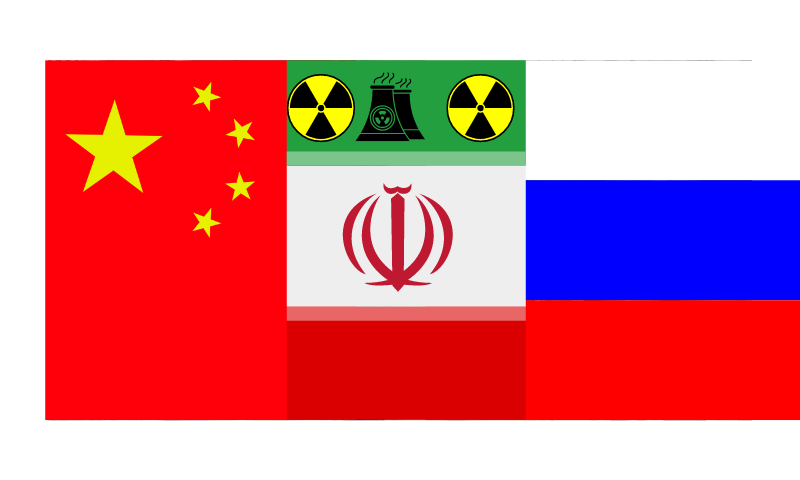Reuel Marc Gerecht and Ray Takeyh
WSJ, May 8, 2023
“Russia, China and Iran all want to diminish American power. They recognize that they need to help each other militarily and economically to achieve common goals.”
Iran has secured great-power patronage for the first time in four decades. Tehran now possess advanced centrifuges, a growing stockpile of highly enriched uranium, and a cadre of decent physicists and nuclear engineers. The clerical regime likely has no significant technical hurdle left to clear on its way to a nuclear weapon. Iran’s developing alliances with Russia and China have aided its atomic progress.
During Barack Obama’s presidency, as Iran’s nuclear program gained speed, the U.S. and Europe piled on sanctions, sometimes with the approbation of China and Russia. Today, geopolitics—as well as realpolitik nuclear calculations—are much friendlier to the Islamic Republic. Russia’s invasion of Ukraine made it crystal clear that Vladimir doesn’t care for a world order led by Europe and the U.S. China, too, has retreated from being “a responsible stakeholder” in a liberal trading system. Instead it is trying to construct its own version of an East Asia Co-Prosperity Sphere, much of it designed to give Beijing dominion over Taiwan.
This revisionist alliance has ended Iran’s strategic loneliness. Russia, China and Iran all want to diminish American power. They recognize that they need to help each other militarily and economically to achieve common goals. This is why the Islamic Republic has supplied drone technology and artillery shells to Russia for use in a conflict that, at first glance, has no revolutionary Islamic interests. It is becoming increasingly hard to believe that Russia, which appears ready to deliver advanced Sukhoi Su-35 fighters and more sophisticated air-defence systems to Iran, is averse to sharing nuclear expertise and technology with the clerical regime—assuming Tehran is lacking something in its nuclear engineering.
.. [To read the full article, click here]


